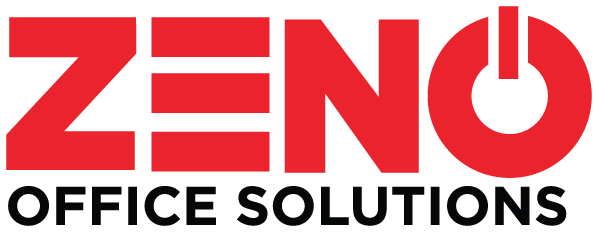The scanning feature on your multifunction copier is much more than a convenient tool for emailing or faxing documents. If you haven’t used your MFP’s scanning features to their full capabilities, read on to find out why you’ll want to change that.
Are Paper Documents Secure?
Paper documents are ingrained into so many of our everyday processes that we tend to think of them as safe. Anytime a new process takes us out of our comfort zone, we’re slow to buy in, and even slower to fully trust its capabilities.
Scanning and digitizing paper documents and then shredding the hard copy may make you uneasy, but here’s why that’s exactly what you should be doing.
Paper Documents Aren’t Easily Secured
Securing paper-based document storage systems is a complicated process involving locked doors, locked filing cabinets, security cameras, burglar alarms, and maybe even a team of security guards. Paper is also susceptible to disasters like fire or flood.
You Can’t Follow Paper
After an employee locates a paper file (which takes an average of 20 minutes, by the way), what happens to it next is anyone’s guess. Here are just a few of the problems that might come up:
- Sensitive documents can be viewed by anyone passing by the employee’s desk
- People can steal or copy the document
- A file that’s in use by one employee can’t be located or used by another, and it’s impossible to track who saw it or who made changes
Are Scanned Documents Secure?
From storage considerations to tracking, digital documents stored in document management systems are much easier to secure. Security best practices can prevent your scanned documents from unauthorized access or accidental loss. Deploy these and other security measures to protect your sensitive documents:
- Data encryption
- Controlled routing
- Access controls
- Audit trails
- Automated retention schedules
Still unsure about scanning? Contact the team at ZENO to learn more today!
We are the premier printer, copier and office equipment solutions for Midland, Odessa, Big Spring and Andrews.



